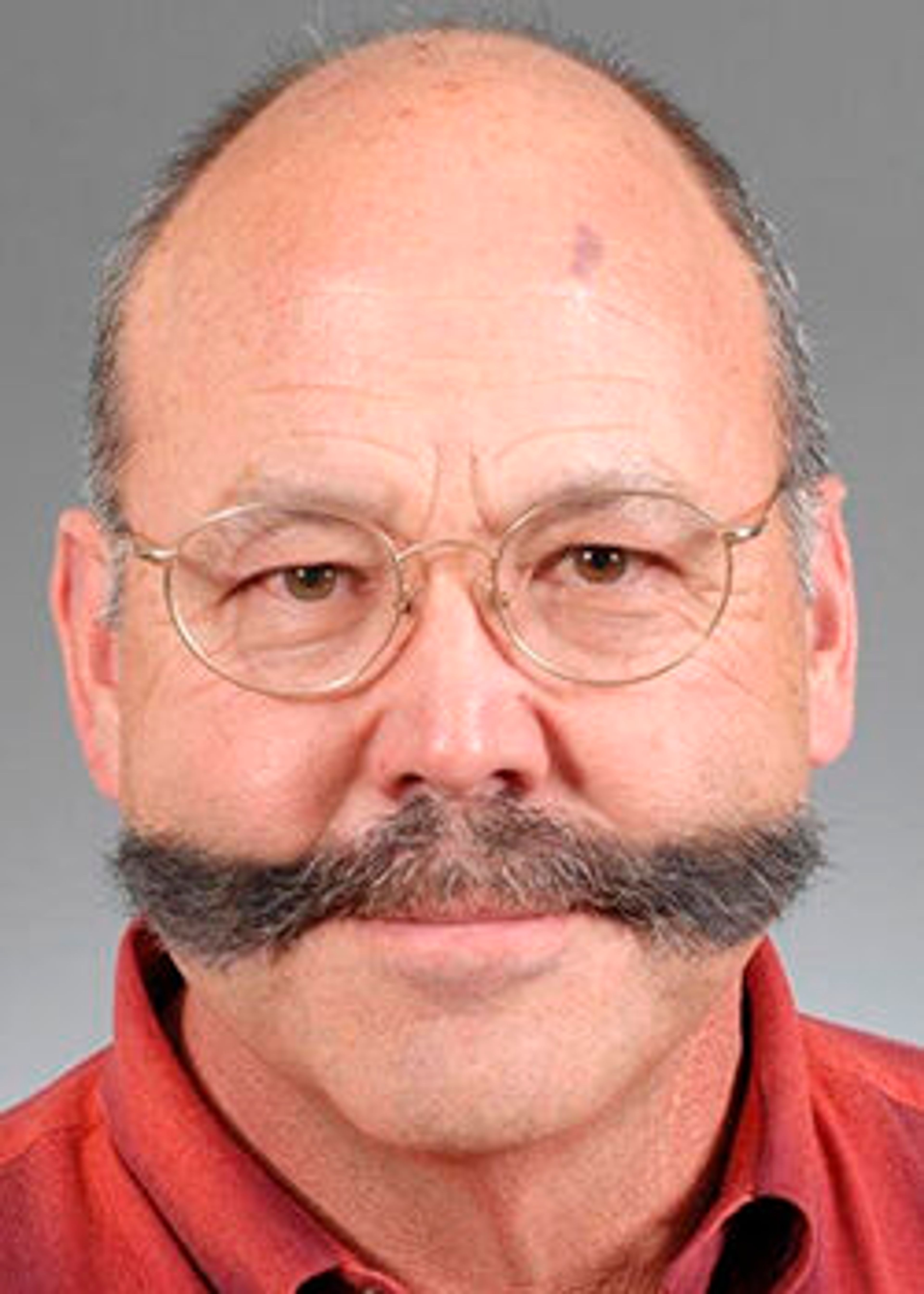Without a doubt, when a pet (including companion livestock like horses) dies naturally or is euthanized, it can be one of the most immediate and difficult periods of grief one experiences.
Being in Washington State University’s College of Veterinary Medicine for more than three decades has provided me the opportunity to see people react in many different ways when it comes to a beloved animal’s end of life.
Several people have expressed suicidal thoughts. One person wanted to end their pet’s life in a more “honorable” way than using a needle; he wanted to take their pet into our parking lot and shoot it. Still, others spend long periods of time with the animal after it has passed. Yes, it impacts me too, whether it is my animal or not, and I am only in on a mere fraction of the deaths that occur in our facilities.
Most grief specialists no longer suggest that there are rigid stages of grief. They also do not suggest that there are prescribed periods of time one must spend in each of the assumed stages. Finally, they do not suggest that there is an order in which one must progress through the stages lest they be labeled as having “unresolved grief.” Please, leave the analysis of grief to the specialists and otherwise be as supportive and caring as possible to those that have suffered a loss, be it human or animal.
There are things that help a person facing an animal loss, especially if it is pending such as with a medically prudent euthanasia. At the WSU Veterinary Teaching Hospital, the students and staff will often ask the owner if they would like a paw print from the pet. Most do, and it is a kind gesture that provides some solace, often when one is awaiting the return of the remains.
The paw print is pressed into a small patty of a plaster-like substance that is then hardened in a toaster oven. It can then be presented to the owner at any time that it is appropriate. I’ve not witnessed anything but gratitude from clients.
When it comes to thoroughbred horses, burial is preferred but only part of the animal rests in the ground. The head, the heart, and the hooves are all that are usually buried. The head symbolizes the horse’s intelligence, the heart its spirit, and the hooves represent the horse’s speed. The rest can be cremated, buried appropriately, rendered, or composted.
Recently, I saw a story about another way to memorialize an animal that is close to death — photographs.
Every companion animal owner has scads of pictures of their pets. This is different. A Michigan-based artist offers the service, and she does it free for shoots near her home in Dearborn. Julia Earhart, 24, was nicknamed “Snow White,” as a child because of her affinity for animals and their attraction to her.
According to an article in the Detroit Free Press by Minnah Arshad, it was a friend who first asked Earhart to photograph her and her pet dog Cudi, as he neared the end of his life. A post afterward to social media soon had Earhart’s phone and electronic media blowing up.
To my knowledge, no one offers such a service here locally. At the same time, I am certain the commercial photographers I know would consider the idea if asked.
Why not do it yourself? Because, to be frank, a disinterested third-party that one is unacquainted with can probably capture more of the spirit an owner shares with their animal, and that’s what you want.
Powell is the public information officer for the Washington State University College of Veterinary Medicine, which provides this column as a community service. For questions or concerns about animals you’d like to read about, email cpowell@vetmed.wsu.edu.








